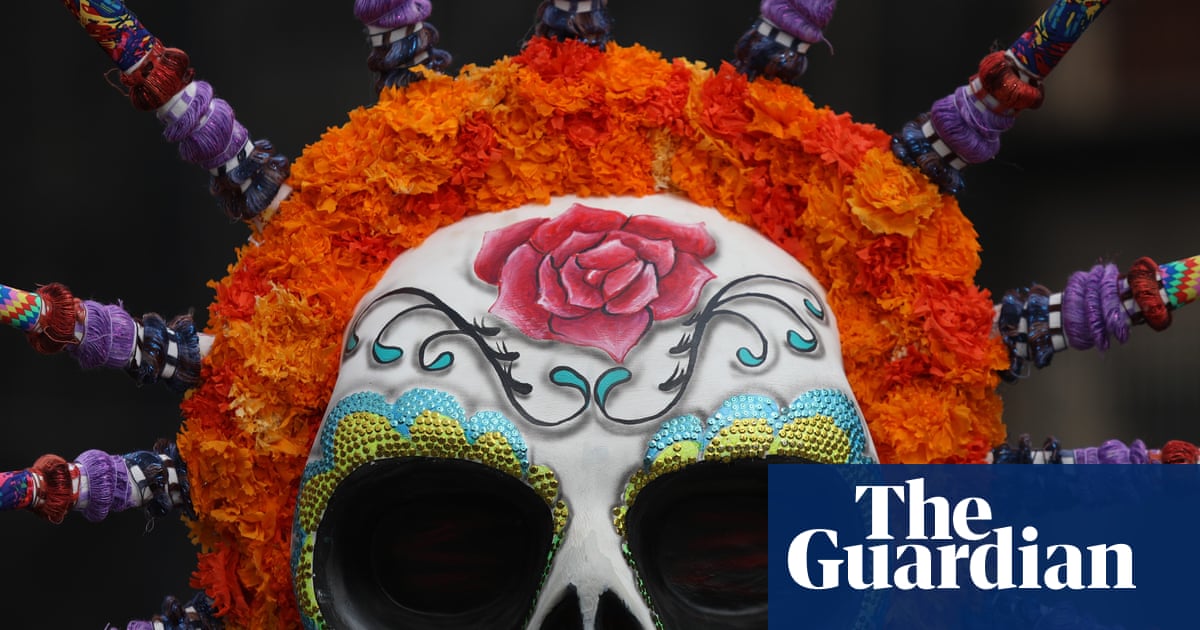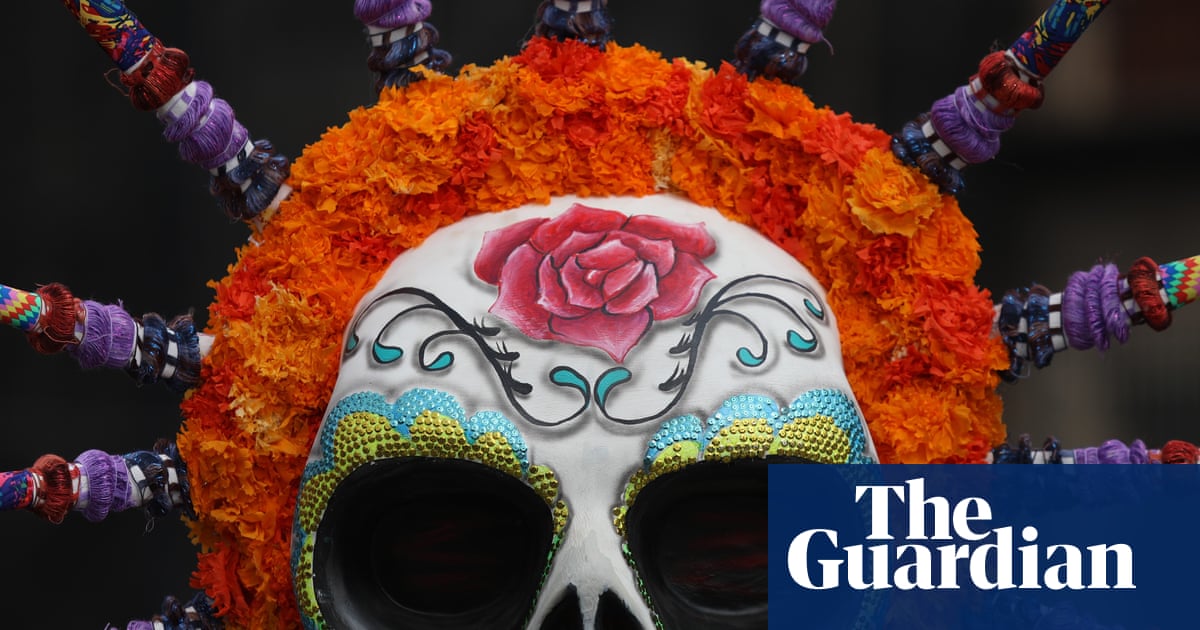Beyond American Dirt: the best books to understand Latinx culture
Mexican ghosts, a Splanglish coming of age saga, and trauma on the US border Myriam Gurba picks books exploring the Latinx experience

I believe the publishing industry made a profound mistake publishing Jeanine Cumminss wannabe narco-novel American Dirt. While we wait for the industry to change, heres what to read if you really want to understand Latinx culture.
Juan Rulfos Pedro Pramo is often hailed as the great Mexican novel. Susan Sontag described it as not only one of the masterpieces of 20th-century world literature, but one of the most influential of the centurys books. Imagine a ghost story stuffed into another ghost story stuffed into a coffin made of dust, memory, and soil. That is Rulfos Mexico, one where the dead gossip with the dead about the dead: It doesnt just look like no one lives here. No one does live here. And Pedro Pramo? Pedro Pramo died years ago.
Prolific Mexican author Luis Alberto Urrea continues this literary tradition. Juan Rulfo showed me the ghost road all the way back to my deepest roots, Urrea says. His most recent novel, 2018s The House of Broken Angels, evokes Rulfo in both style and content, even down to the opening line: Big Angel was late to his own mothers funeral. Urreas prose style is pure chingn: confident, sleek and funny. Like Pedro Pramo, House of Broken Angels centres on family, time, and that beloved Mexican theme la muerte.
Marcelo Hernandez Castillos memoir Children of the Land explores a notion close to death: invisibility. As a child, Castillo emigrated from Tepechitln, Mexico, to the United States. Children of the Land evokes his journey and the trauma wrought by the US immigration system: When I came undocumented to the US, I crossed into a threshold of invisibility. Every act of living became an act of trying to remain visible. Castillo also penned Cenzntleand along with poets Christopher Soto and Javier Zamora, he founded Undocupoets, an organisation that promotes the work of undocumented poets.
Fiebre Tropical, by Colombian author Juliana Delgado Lopera, is conceived on three levels: as a coming-of-age tale, a coming-out story and a coming-to-America saga. Set in both Bogot and Miami, it stars Francisca, smart, hilarious and fluent in a very authentic Spanglish: Buenos das, mi reina. Immigrant criolla here reporting desde los Mayamis from our ant-infested townhouse.
Angie Cruzs novel Dominicana is inspired by her familys history. In 1969, Cruzs 15-year-old Dominican mother became a child bride. Her husband then brought her to New York City, and Dominicanas protagonist, Ana Cancin, follows this same path, becoming Mrs Juan Ruiz of Washington Heights. Patriarchal violence ensues and is only disrupted when Juan must return to the island without her.
Natalia Sylvesters young adult novel Running is a story of political and personal awakening, centring on a 15-year-old Latina whose father is a presidential candidate. When Mari finds her politics in conflict with her fathers she must decide how to use the spotlight and how to use her voice. Running investigates the complexities that exist within immigrant communities, rejecting the notion of the community as a monolith.
There has been a lot of talk lately about diversifying reading lists, but its going to take much more than that to revolutionise the publishing industry. There arent enough books by Latinx authors, in particular those of Central American and Mexican descent, and this must change. We demand it. Our stories are powerful. Dont just read them, publish them, too.
Myriam Gurba is the author of Mean (Coffee House Press).
Read more: https://www.theguardian.com/books/2020/jan/31/books-to-understand-latinx-culture
